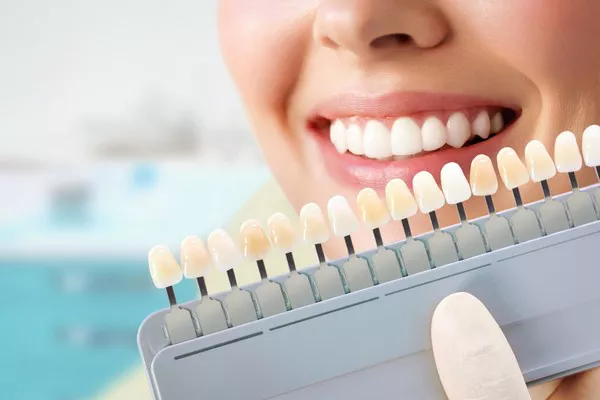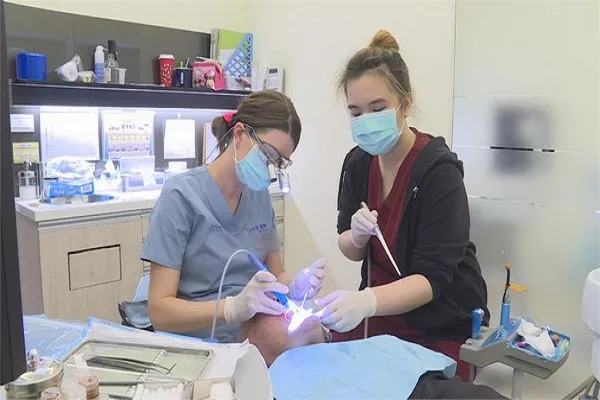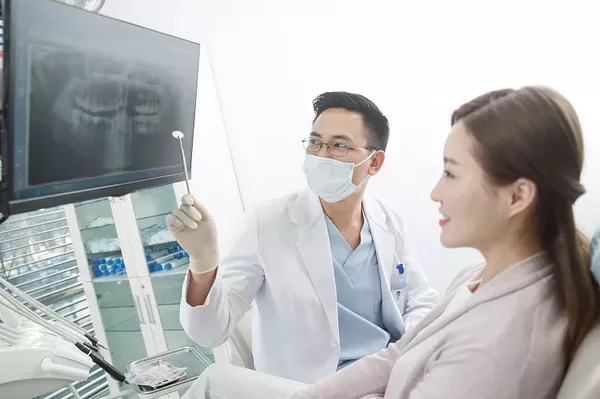In the realm of dental care, advancements in technology have paved the way for innovative treatments. One such groundbreaking technique gaining popularity is the use of UV light on teeth. This article explores the science behind this dental innovation, shedding light on its mechanisms and benefits.
1. Understanding the Basics of UV Light in Dentistry
UV light, or ultraviolet light, is a form of electromagnetic radiation that falls outside the visible spectrum. In recent years, dental professionals have harnessed the power of UV light for its unique properties in oral health. UV light is divided into different wavelengths, and it is the UVC range that finds application in dentistry.
1.1 The Germicidal Power of UVC Light
At the core of UV light’s impact on oral health lies its germicidal properties, particularly in the UVC range. Studies have shown that UVC light has the ability to deactivate bacteria and viruses by disrupting their DNA. In dental settings, this property is harnessed to reduce the microbial load in the oral cavity.
1.1.1 Targeting Harmful Microorganisms
When UV light is directed onto the teeth, it penetrates the biofilm where bacteria thrive. This targeted approach helps in eliminating harmful microorganisms that contribute to dental plaque, cavities, and gum disease.
1.1.1.1 Biofilm Disruption Mechanism
The mechanism involves the absorption of UVC light by the DNA of microorganisms, causing structural damage. This, in turn, prevents the bacteria from replicating and renders them harmless.
2. UV Light in Teeth Whitening Procedures
A dazzling smile is often associated with good oral hygiene. In recent years, UV light has become an integral part of teeth whitening procedures, promising faster and more effective results compared to traditional methods.
2.1 Activation of Whitening Agents
Teeth whitening gels or agents often contain peroxide-based compounds. UV light serves as an activator for these compounds, accelerating the chemical reactions that break down stains and discolorations on the tooth surface.
2.1.1 Speeding Up Oxidation Reactions
Through a process known as oxidation, the peroxide compounds break down stubborn stains into smaller, less pigmented particles. UV light acts as a catalyst, significantly speeding up these oxidation reactions.
2.1.1.1 Ensuring Even Whitening Results
The targeted application of UV light ensures an even distribution of whitening effects across the teeth, leaving behind a brighter and more radiant smile.
3. UV Light in Dental Restoration Procedures
Beyond its role in oral hygiene and aesthetics, UV light plays a crucial role in dental restoration procedures, particularly in the curing of dental materials.
3.1 Photopolymerization in Dental Fillings
Dental composites used for fillings often contain photoactive initiators. When exposed to UV light, these initiators undergo a process called photopolymerization, transforming the composite from a pliable state to a hardened, durable form.
3.1.1 Precision in Curing
The use of UV light allows for precise control over the curing process. Dental professionals can focus the light on specific areas, ensuring optimal hardness and longevity of the dental filling.
3.1.1.1 Minimizing Discomfort for Patients
The quick and controlled curing process facilitated by UV light minimizes the time patients spend with their mouths open during dental procedures, reducing discomfort and enhancing overall patient experience.
4. UV Light and its Role in Preventive Dentistry
Prevention is the cornerstone of good oral health. UV light has emerged as a valuable tool in preventive dentistry, offering a proactive approach to maintaining healthy teeth and gums.
4.1 Application in Dental Check-ups
During routine dental check-ups, UV light can be used to detect early signs of dental issues that may not be visible to the naked eye. This is particularly beneficial in identifying areas of demineralization and initial stages of dental decay.
4.1.1 Fluorescence for Early Detection
The fluorescence properties of dental tissues under UV light aid in the early detection of enamel demineralization. This allows for timely intervention, preventing the progression of decay.
4.1.1.1 Enhancing Diagnostic Accuracy
The enhanced visibility provided by UV light ensures that dentists can make more accurate diagnoses, allowing for timely and targeted preventive measures.
In conclusion, the integration of UV light in dental practices marks a significant stride in oral healthcare. From its germicidal power to its applications in teeth whitening and dental restoration, UV light stands as a versatile and effective tool. As technology continues to advance, we can anticipate further refinements and expanded applications, ushering in a new era of precision and innovation in dental care.
Related Links:
Should you rinse out your mouth after using whitening strips?
What teeth whitening method works best?
Why are teeth whitening strips so expensive





























